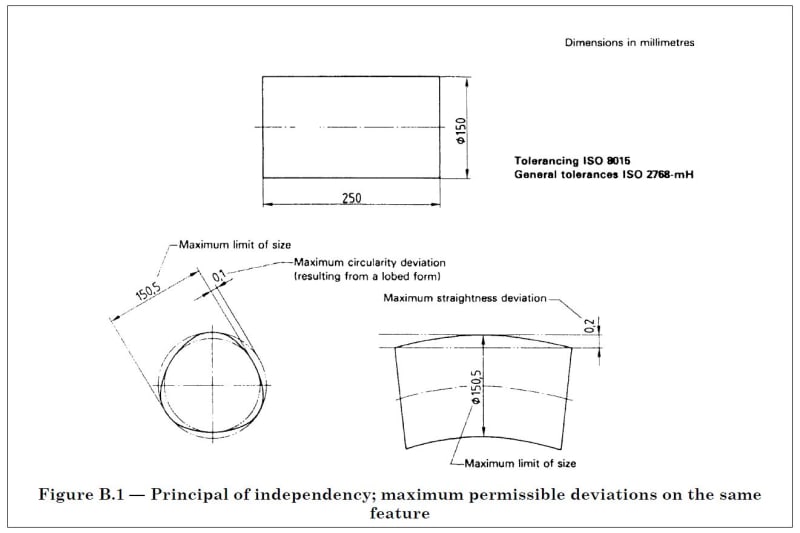

Some dimensions’ margin of error is critical to control since their purpose is to align to other parts. When you design a part, it’s important to focus on the main function of each feature. Delivery times also increase since each part needs a strict quality check to corroborate each dimension, especially when components have complex compound geometries that aren’t easy to quantify. (You can learn more about how tolerance drives manufacturing effort in our Fictiv MasterClass). If all dimensions require tight tolerances, then costs increase significantly due to more demanding tooling/fixtures, operator skills, and increased likelihood of scrap/rework requirements. We include differentiating levels of tolerance to effectively manage costs. Once we’ve defined a 3D model with nominal dimensions, we identify which features need tight tolerances and which ones don’t so we can communicate these requirements on the drawing. Our compressor base prototype example will be made from an aluminum casting, then machined and drilled.įigure 1: Example compressor base prototype The component that supports the compressor and connects it to the engine is our focus we’ll call it the “compressor base”. Figure 1 shows a vehicle engine with a compressor for AC. In order to understand the content of this standard and its parts, it’s best to use a real engineering example. Such instances are normal, and not uncommon, so you should always check the drawing title block for general tolerance requirements and note any special part specifications or project requirements. The standard is made of general rules because there are exceptions when a dimension on a part needs a tighter tolerance than those set by ISO 2768. By including the ISO 2768 specification, you are simplifying your drawing, and avoiding writing tolerances for every dimension and feature.

Geometrical tolerances for features with precision levels defined as tolerances classes: H, K, and Lįor example, a drawing could be specified as ISO 2768-mK, which means it should meet the tolerances ranges for “medium” from Part 1 and tolerance class “K” from Part 2.General tolerances for linear and angular dimensions with precision levels defined as: f-fine, m-medium, c-coarse, v-very coarse.

ISO 2768 is divided into two parts that aim to simplify drawings by defining precision levels as general rules: And because it’s the global industry standard, Fictiv’s CNC machining service adheres to ISO 2768 medium requirements. Because the standard was created by an international committee, it puts you on the same page as companies all around the world to prevent misunderstandings. ISO 2768 is an international manufacturing standard that can not only help answer those questions but also minimize inconsistencies while accounting for manufacturing costs as well. The bars also vary in length and when you take a closer look, you realize they are not perfectly circular.Ĭan you still use them? If not, can you reject them and demand that the vendor redo them at no cost? How close to the Ø50mm should you really be? ISO 2768: An International Standard You place an order to fabricate 200 of these Ø50mm rounds bars and when you receive and measure them, you get values like Ø53mm, Ø47mm, Ø51mm, Ø49mm, with a lot of variation. In other words, it’s a controlled margin of error.įor example, let’s say you specify a round solid bar of 100mm length with Ø50mm that will fit inside of a hole in another component. These tolerances represent the variations between nominal dimensions (the original intention of the design) and the maximum and minimum values of a dimension that still guarantees a fit. In manufacturing, this range of acceptance is defined by tolerance limits. That said, you can decide how much a fabricated product can deviate from the original intention in order to be accepted. Even if you’re able to get an instance comparable to your design intention, it’s nearly impossible to achieve the same exact dimensions in a batch process. Fabricating a product without deviations from the original design is extremely complicated.


 0 kommentar(er)
0 kommentar(er)
